Update from the Field: Highway to Hail
Posted by Dave Dyson, Agronomist on July 09, 2019

This past week we have seen the weather, insects, and vertebrate pests play havoc on our struggling corn crops. Parts of the Corn Belt received hail, leveling fields in some areas. However, receiving a heavy dose of hail damage when the corn is in the early vegetative stage is better than hail damage coming later in the growing season. Normally in July, the corn crop is much more advanced than it is this year. The corn should be at the tasseling stage but instead, it is anywhere between V3-V7 stage. During this stage, it is important to limit the stress on the crop as the rows around the ear start to be determined around V5. We can see “pinched” ears when stress is introduced between V5-V12.
Assessing hail damage can be difficult with many variables to consider as you determine how to maintain the existing stand. Losing green tissue reduces the plant’s ability to photosynthesize, which can make a big difference in yield (Figure 1).

Figure 1: Chart adapted from the University of Nebraska-Lincoln outlining percentage of yield loss resulting from leaf area destruction.
The effects of wind damage (Figure 2) can be misleading compared to the obvious yield-damaging effects of hail (Figure 3). Last week northern Indiana received straight-line winds, and growers are worried about damage to their corn crop that is lying on the ground. As long as the corn stalk has not “green snapped”, the plant will straighten back up.

Figure 2: Wind damage near Chili, Indiana.

Figure 3: Hail damage near Denver, Indiana.
More and more growers are choosing to plant non-GMO corn for various reasons, including the cost of seed and premium for the grain. European corn borer will be hatching in the next couple of weeks. You should be aware of the potential for damage and that there is a rescue. As cover crop acres increase, be on the lookout for new pests that will be attracted to ryegrass or other cover crops. Voles are little field mice that can raise havoc on both corn and soybeans (Figures 4 and 5). The only real cure for voles is working the ground, as you have to disrupt their runs. If not kept in check, these little field mice will take whole fields.

Figure 4: Vole damage on soybeans. Image taken June 14, 2017.

Figure 5: Vole hole and run.
Be sure to scout your fields for problems. Between the weather, insects, and vertebrates, you need to be informed on the condition of the crop. Relieving as much stress as you can to this year’s corn crop should be one of your top priorities right now. If you have leaf damage from hail or pests, an application of OverPass® CF can help heal the injured crop. You could combine an insecticide pass with herbicide, fungicide and/or foliar application of OverPass CF.
FOR MORE INFORMATION:
Please complete the form, and we’ll get you in touch with your Territory Manager from The Andersons.

Dave Dyson is a regional agronomist for The Andersons’ Farm Centers which are located throughout Ohio, Michigan, and Indiana. He is an Indiana native and grew up on a dairy farm in Miami County. A graduate of Purdue University with a degree in Crop & Soil Science, Dave has a deep knowledge of various agronomic topics and is committed to helping growers improve their crops. If you have any questions, Dave can be reached at david_dyson@andersonsinc.com.


